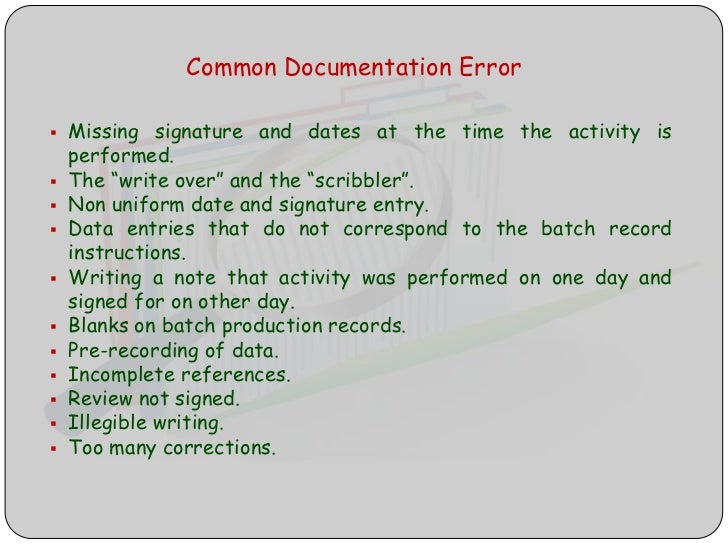Darp Notes Examples - fasrpartners For example, if a resident falls, it is not enough to just document that the resident fell. You should also documentation the actions taken and the ultimate outcome. Jun 23, 2014 For example, I will want a larger space to take notes on the interventions that I have done, as compared to documenting the goal of the session. After choosing a font, I modify the text so it is large and transparent (I tell InDesign to make it 40% transparent so I can write over these prompts).
Data, Assessment, Plan. These are the fundamental building blocks of the DAP note. While they serve the same purpose as a SOAP note, DAP is a slightly different format. What you choose is entirely up to personal preference. This article should help you understand the basics of DAP notes and how to use them in your behavioral health practice.
What is a DAP note?
A DAP note is a method of documentation used by health care providers, social workers and similar professionals. While SOAP is a more popular format in medicine, the Data, Assessment, Plan paradigm is potentially more appropriate for behavioral health.

The Basics of DAP
Darp Note Examples
- Data — this section includes observable and identifiable behaviors and traits. This section answers the question 'What did I see during the session?'
- Assessment — this is about the meaning of the data. This includes clinical findings. Essentially, it answers the question, 'What does the data mean?'
- Plan — this wouldn't be a complete treatment plan, that would be on another document. (See our other article Writing Great Mental Health Treatment Plans for more detail on treatment plans.) The Plan section in a DAP note is where you answer the question, 'What will I do in light of the Assessment.'
Nursing Darp Note Examples
Some practitioners add 'Response' to the Assessment section (i.e. DARP note,) however, this is really just an extension of the assessment. This would be where you would record the client's response to the assessment. It's a helpful mental tool for you to expand on the Assessment section; use it if you want. In mental health treatment especially, the client's response can be valuable information as their response determines the effectiveness of any plan you might make.
SOAP or DAP? Which is better for mental health?
SOAP has traditionally been the 'industry standard' for clinical notes. This is a result of the influence of the medical profession. While behavioral health, specifically non-psychiatric behavioral health treatment, is 'health care,' counseling and therapy doesn't have the benefit of the same sorts of diagnostic data as does medicine. Flash storage for mac.
Mind map for mac. In a SOAP note, the Subjective section is where you record subjective feelings (obviously enough.) The problem with behavioral health is that much of your session is inherently subjective. Meaning, it's difficult to take the 'temperature' of a therapy client — a temperature is an indisputable fact, while, 'appears to be falling asleep,' could be considered subjective.
Essentially, the problem with the Objective section is that many of the things you are recording aren't quantifiable. Can you measure the degree of which a patient 'appears to be falling asleep?' Can you compare that to another patient who is also 'appearing to fall asleep?' It's pretty hard and, unless you're measuring vital signs and perhaps brainwaves during a session, ultimately, that observation is mostly subjective, however in a behavioral health SOAP note, that 'appears to be falling asleep,' would be assigned to the Objective section. It can get confusing simply because of the nature of a therapy session. It's great for medicine as 'The patient has a 99.3 temperature' is clearly objective, but it can get murky when you're dealing with mental health.
The Subjective and Objective sections of your note often begin to merge together in a behavioral health context. However, with a DAP note, that merging isn't problematic, since it would all be recorded under the Data section. Download chromium browser for mac.
Examples Of Darp Notes
It's really just a mental exercise in terminology and how you record information, but in my opinion, DAP is a superior choice simply because it eliminates any ambiguity and gives you a clearer mental model with which to organize your thoughts.
DAP or SOAP — whatever you use is entirely up to you (or your administrators,) the important thing is to be consistent, record the data, and stay methodical and organized.
What clinical note formats do you use in your practice? Have any tips you'd like to share with the community? Leave a comment below and let us know!
This is the third post in a series that highlights standardized formats for your clinical notes. The series began here.
A second format for documenting your clinical work is called DA(R)P notes, sometimes referred to as DAP notes. These are similar to clinical SOAP notes.
DA(R)P is a mnemonic that stands for Data, Assessment (and Response), and Plan.
Data, in this format, includes both subective and objective data about the client as well as the therapist's observations and all content and process notes from the session.
The Assessment and Response includes your clinical impressions, hunches, hypotheses, and rationale for your professional judgment. Progress is also noted here.
Plan refers to your original treatment plan and any response / revisions needed based on your most recent interactions with your client.
This method of clinical note taking is also an acceptable format for your documentation.
Tomorrow I'll talk to you about BASIC SID notes.
